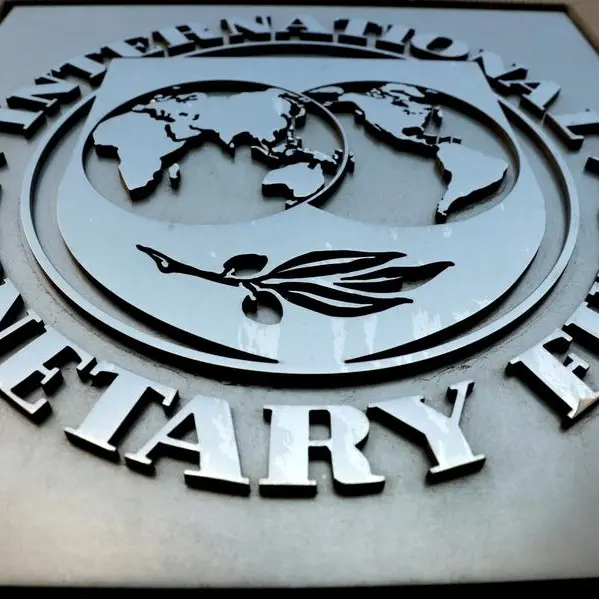PHOTO
Revenues are expected to amount to 196 billion riyals ($53.8 billion), a 22.4 percent rise compared to last year’s budget estimates, Asharq reported.
Estimates for the budget were made while assuming oil prices to be $55 per barrel during the year on the back of healthier global energy prices.
Additionally, expenditures are predicted to hit 204.3 billion riyals, growing by an annual rate of 4.9 percent.
This will lead to a budget deficit of 8.3 billion riyals. Al Kuwari added that this deficit will be addressed through current monetary balances and the issuance of local and foreign debt instruments if needed.
EU’s economy
Output in the EU expanded by a quarterly rate of 2.1 percent in this year’s third quarter, according to preliminary estimates by Eurostat.
Austria experienced the highest rise in activity, recording an economic growth rate of 3.9 percent. France and Portugal came next, as their economies widened by 3 percent and 2.9 percent, respectively.
Household consumption mainly drove the production’s rise in the region, going up by 4 percent, accelerating from the previous quarter’s 3.7 percent expansion.
Government final consumption expenditure climbed by 0.3 percent while gross fixed capital formation declined by 0.6 percent.
Meanwhile, employment growth reached 0.9 percent in the third quarter of 2021 when compared to the previous quarter.
In addition, the euro area’s Indicator of Economic Sentiment improved by 0.9 points in December to hit 26.8 points, Zew, a Germany economic policy institute, said.
However, the outlook was different for Germany, as its sentiment indicator fell by 1.8 points to reach 29.9 points. Deteriorations caused by the pandemic, as well as supply chain disruptions, are dragging the German economy down, the Mannheim-based firm noted.
Economic expectations also fell, signalling that forecasts about healthy short-term growth are not gaining momentum.
Moreover, the country’s industrial production went up by a monthly rate of 2.8 percent in October, preliminary estimates by Germany’s Federal Statistics Office showed.
In particular, production of capital goods widened by 8.2 percent while output of intermediate goods dropped by 0.4 percent.
Japan’s household spending
Household spending in Japan continued to fall, on an annual basis, for the third month in a row. This was attributed to weak consumer sentiment that is still recovering from the pandemic.
Spending by the sector dropped by a yearly rate of 0.6 percent in October, compared to a 1.9 percent fall in the previous month.
The country’s government recently introduced a $490 billion stimulus package to boost the economy, unlike other countries that are starting to roll back on their spending programs, Reuters reported.
Australia’s monetary policy
Australia’s central bank maintained its monetary policy and interest rate unchanged. The decision was driven by concerns over omicron, the new coronavirus variant.
The country’s interest rate remained at 0.1 percent, according to Bloomberg. The bank noted that it will raise interest rates when inflation reaches its target of 2-3 percent.
The bank added that the labor market and economy are experiencing upturns.
China’s trade
Exports and imports in China grew annually by 22 percent and 32 percent in November when compared to a year earlier, reaching all-time records.
Yet, exports growth slowed down due to a thinning demand and a rise in costs.
Copyright: Arab News © 2021 All rights reserved. Provided by SyndiGate Media Inc. (Syndigate.info).












